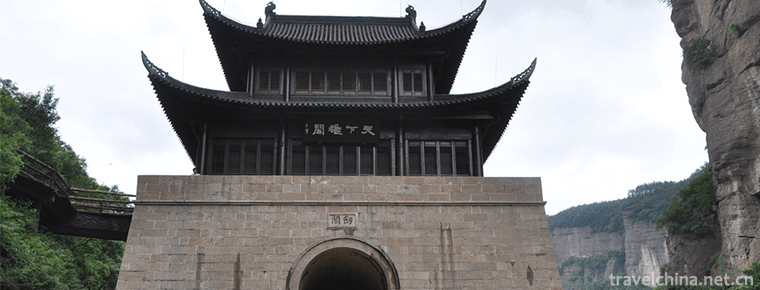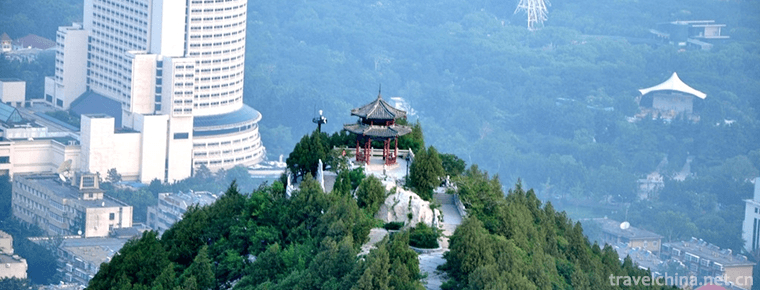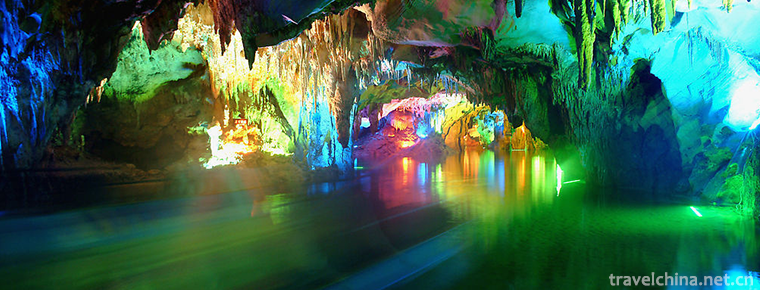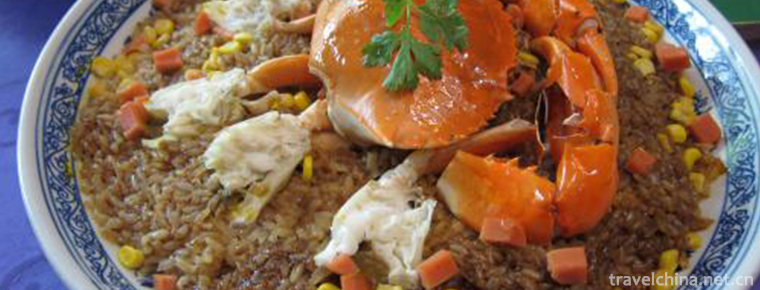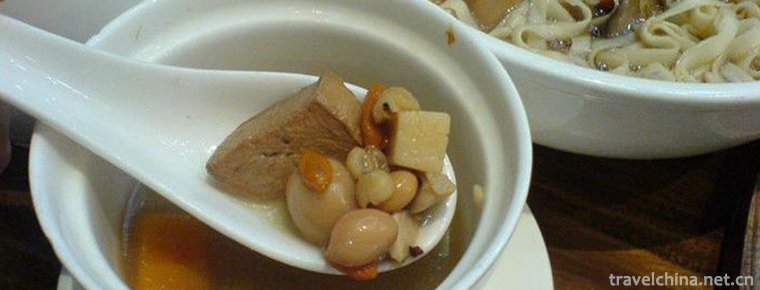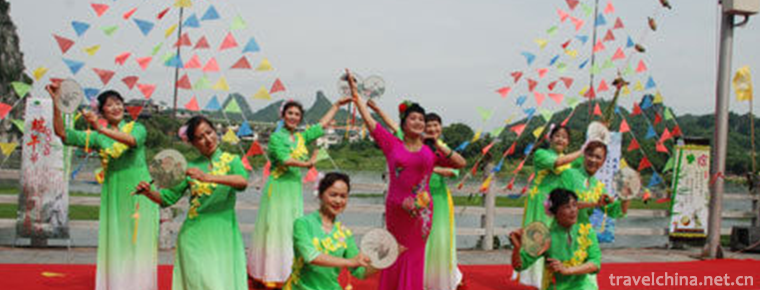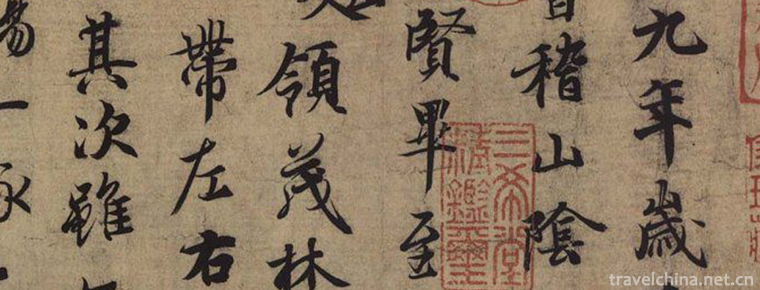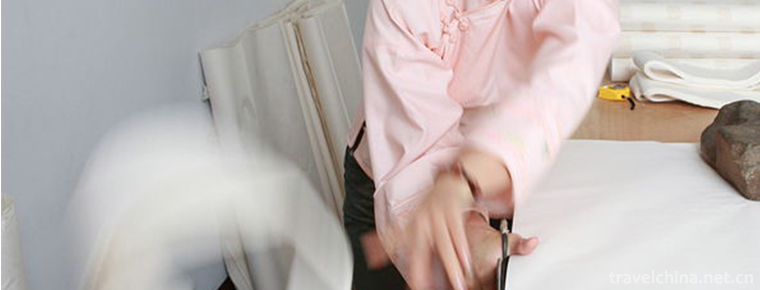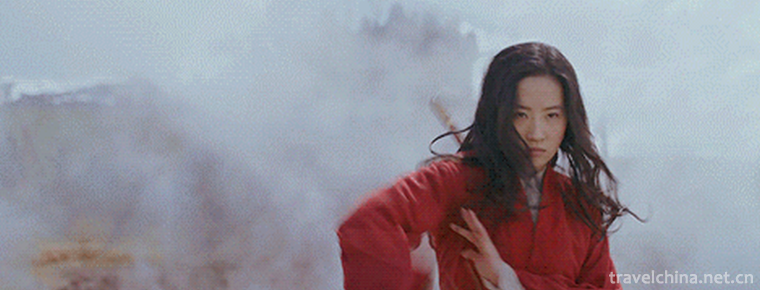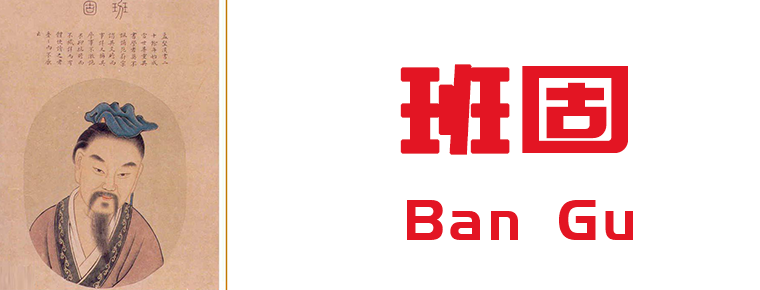Yuan Dynasty Capital City Wall Site Park Yuandadou Chengyuan Site Park
The Yuandu Chengyuan Site Park was built on the Tucheng Site of Yuandu (National Key Cultural Relics Protection Unit, batch No. VI-1). It is located near Mingguang Village, Southern College Road, Haidian District, in the west, and turns northward to Huangting Pavilion and eastward to Madian and Qijia Huozi. National 4A-level scenic spot is a modern urban heritage park with cultural and historical connotations, which integrates the protection of historical relics, the leisure and recreation of citizens, the improvement of ecological environment and disaster prevention and emergency shelter.
As a testimony and material relic of the development of Beijing's urban civilization, the Yuandu Site is an important fact in the study of the changes of Beijing's urban sites, and is of great significance to the exploration and development of Beijing's cultural history. And it is the first humanistic Olympic landscape built in Beijing.
Historical development
From the ancestors of the Yuan Dynasty to the third year of the Yuan Dynasty (1266), Kublai Khan decided to rebuild the new city in the northeast of the former central capital, and began construction in 1267. Take Qionghua Island (now Beihai) as the center to build Palace city, imperial city, altar temple and so on. By the ninth year of the Yuan Dynasty (1272), it was named Dadu. In the twenty-first year (1284), it was completed, with a perimeter of 28.6 km . In the first year of Hongwu Ming Dynasty (1368), after the conquest of Yuandu, the northern city wall shrank about five miles to the south, which is the ruins of the city wall as high as more than ten meters, commonly known as Tucheng.
In 1957, Tucheng was listed as a key cultural relic protection unit by the Beijing Municipal People's Government.
In order to protect the Yuandouyuan ruins, the Tucheng Greening Team was set up in Chaoyang District on September 25, 1974. On March 10, 1988, the Beijing Municipal People's Government formally approved the construction of the park and named it "Yuandouyuan Ruins Park" .
In September 1989, the district government erected a monument on the north side of the west end of Jian'an East Road. The monument is 2.5 meters high, 4 meters wide and 1 meter thick. There are more than 600 words of "Dadu Fu" inscribed on the east side of the tablet, and the inscription of "Yuan Dachengyuan Site" inscribed on the west side of the tablet. The inscription briefly introduces the vicissitudes and vicissitudes of the city wall of the Yuan Dynasty for more than 700 years .
In order to protect the ruins of Yuandou Placanticline and cooperate with the construction of Olympic landscape, Chaoyang District Greening Bureau carried out the overall transformation of the ruins park of Yuandou Placanticline in 2003. The renovated Yuandu City Placanticline Site Park has created four of the largest in Beijing and one of the first in China: the largest urban belt park, the largest outdoor sculpture, the largest constructed wetland and the first pilot park to complete the construction of emergency shelters in Beijing. Therefore, Beijing has become the first city in China to carry out emergency shelter construction and hang the "emergency shelter" sign. It has created a classical garden for Beijing, which is "people-oriented, green as the body, water as the line, history as the soul, and disaster relief".
On May 25, 2006, "Yuandu City Wall Site" was announced as the Sixth Batch of national key cultural relics protection units.
Main attractions
The ruins park of Yuandudouyuan is a narrow strip with a total length of 9 kilometers, spanning Chaoyang and Haidian districts. The five nodes in the park, Jimen Yanshu, Dadu Jiandian, Ancient Yuan Xinyun, Dadu Grand Festival and Longze Yueyue, connect Chaoyang and Haidian sections. From West to east, it shows the development of the city of Beijing for more than 700 years from the Yuan Dynasty to the present.
Haidian section
After the completion of Yuandoucheng Site Park within the boundaries of Haidian District, Yuandoucheng Site Park has ten scenic spots, namely: Chengyuan nostalgia, Jimen tobacco tree, Tieqixifeng, Thistle Fenfeifei, Yinbodeyue, Lagerstroemia, Dadu Canon, Shiguan Xinyi, Anqisheng Age, Yanyun Pastoral .
The "Jimen Tobacco Tree" node is the starting point of the west end of Yuandu Park. The scenic spot is especially beautiful in spring, and spring is also the starting point of a year. The "Jimen Smoke Tree" symbolizes the early stage of the development of the ancient city of Beijing, and implies the bright future of the city with the vigor of spring. According to legend, Tucheng is an ancient Jizhou site, the old buildings and halls are both abandoned, but there are many trees near Tufu in the gate, which is the "Jimen tobacco tree" in the eight sceneries of Yanjing. Existing Qianlong imperial plaque, describing the "Jimen tobacco tree" poems and verses were carved into murals, to increase the humanistic connotation.
Chaoyang section
Yuandudou Chengyuan Site Park (Chaoyang Section) is located on the East and west sides of Beijing Central Axis Road and the south side of Olympic Park. It is the largest belt park in Beijing urban area. It is 4.8 kilometers long and 130 to 160 meters wide, covering 67 hectares. It includes three first-class scenic spots: Yuancheng New Image, Dadu Shengsheng and Longze Yueyue. Six second-class scenic spots include: Shuangdu Tour, Sihai guests and friends, Begonia Huaxi, Anding Shenghui, Shuijie Huadeng and Guyun of Corner Tower .
"Double Capital Patrol" Scenic Spot: The relief wall reflects the scenes of the Yuan Emperor's spring and autumn return and reception by hundreds of officials. While understanding the prosperity of the Yuan Empire, the tourists also know the characteristics of the combination of grassland culture and Central Plains culture, as well as the characteristics of political domination with equal emphasis on both the majority and Shangdu .
"Four Seas Guests and Friends" Scenic Spot: Located on the south side of the Chinese National Park, this scenic spot reflects the political characteristics of Yuan Dynasty, a country open to the outside world, corporals of courtesy and virtue, and countries all over the world come to worship, greet or engage in exchanges. The sculptures of "Qinghua Porcelain", "Arrow and Shield" and "Copper Wall and Iron Wall" on the three sinking horseface squares on the north side of the scenic spot reflect the achievements of the Yuan Dynasty in art and military affairs. "Begonia Huaxi" Scenic Spot: Located on the east side of Panda Ring Island, it is preserved after finishing, repairing and improving. Many kinds of Begonia trees, such as Xifu Begonia, Tiebei Begonia, Venus Begonia, Begonia pendulata and so on, are planted in the scenic spot, which is the largest Begong forest in Beijing urban area.
"Most prosperous" scenic spot: located in the east of Xiaoguan intersection of Anding Road. The "most prosperous" group sculptures and large murals with a total length of 80 meters, together with horses, stone sheep, wooden pavilions and other garden sketches, reproduce the characteristics and outstanding achievements of the Yuan Dynasty in politics, economy, military, science and technology, culture and life, and show the characteristics of rough and heroic grassland culture. They are the largest outdoor group sculptures in Beijing.
"Longze Yuyue" Scenic Spot: At the eastern end of the park, the urban light rail and Xiaoyuehe obliquely intersect to form a triangle land, which resembles a dragon head and covers an area of about 17,000 square meters, forming a natural wilderness wetland park with countryside scenery, and becoming the largest constructed wetland in the urban area of Beijing .
Environment construction
The coverage rate of Yuandu Chengyuan ruins park is 73%, Xiaoyuehe crosses, Henan side is Tucheng ruins protection area, and the north bank is greening scenic spot construction area. Xiaoyuehe River is the main water scenic area, seven aquatic plant areas planted lotus, reed, calamus, scallion and other aquatic plants, built a hydrophilic viewing platform. Along the Xiaoyue River, five wooden cruise ship wharfs and six river-crossing bridges with different shapes have been built to connect the beautiful scenery of different styles on both sides of the river. On shallow water surface, aquatic plants such as iris and scallion are planted .
In Yuandudou Chengyuan Site Park, there are crabapples and flower streams. Xifu crabapple, Tiebei crabapple, Venus crabapple and Begonia verticillata are planted. The Begonia Flower Festival in the park is one of the three major flower festivals in spring in Beijing, which are the Peach Blossom Festival in Xiangshan Botanical Garden and the Cherry Blossom Festival in Yuyuantan Lake. It has been held since 1998. During the event, visitors can listen to soothing background music while enjoying crabapple flowers in the park free of charge. Up to the 15th Begonia Flower Festival in 2012, more than 25,000 varieties of Begonia have been planted in Yuandudou Chengyuan Site Park, which is the largest variety and quantity of Begonia in Beijing.
Traffic routes
By public transport:
1) No. 407 bus, Anzhen Xili, will get off immediately.
2) 653, 409, 380, 849, Te 2, 515 Anzhen Hospital North Station will be there immediately.
3) Beitucheng Station of Metro Line 10 will arrive immediately after getting off the train.
Self-driving route:
1) The North Third Ring Anhua Bridge turns right (eastward) from north to Tucheng East Road and is about 100 meters south.
2) The North Fourth Ring Anhui Bridge turns right (west) from south to Tucheng East Road, about 500 meters south.
The "metropolitan canon" echoes the "metropolitan festival" remotely, reproducing the construction scene and the prosperous scene of the Yuan metropolis .


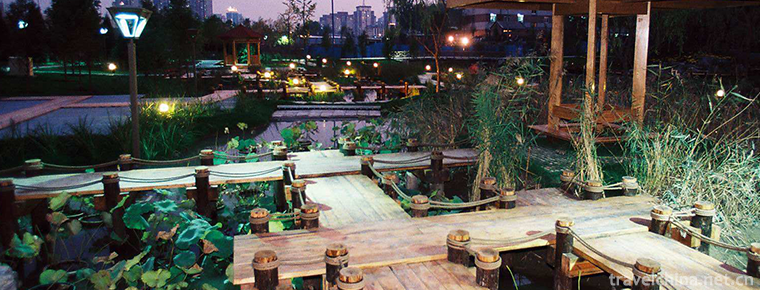
-
Jianmenguan Scenic Area
Jianmenguan Scenic Area is one of the national AAAAA class tourist attractions, National Scenic spots, national key cultural relics protection units, National Forest park, national natural and cultura.
Views: 200 Time 2018-12-12 -
Thousand Buddhas Mountain
Qianfo Mountain is one of the three major scenic spots in Jinan. It was called Lishan in ancient times. Because it was called Shun's farming in Lishan in ancient times, it was also named Shun Mountain.
Views: 196 Time 2018-12-26 -
Luxi County Alu Ancient Cave Scenic Area
The Alu Gudong Scenic Area is located in southeastern Yunnan Province, 2 kilometers west of Luxi County Town, Honghe Prefecture, Yunnan Province. "Alu ancient cave" is a Yi language,.
Views: 118 Time 2019-02-06 -
Babao Green Crab Rice
Two crabs, 700g, 165G glutinous rice, 45g ham, 20g open onion, 45g white fruit, 75g peanut, dried mushroom, dried asparagus, onion, ginger slices, yellow wine, salt and clear soup (300g).
Views: 371 Time 2019-03-26 -
Babu Zhai soup
Babaozhai soup is a traditional dish of Guangdong Province, which belongs to Cantonese cuisine. The soup tastes elegant and light, fresh and tasty, nutritious and has strong nourishing function..
Views: 281 Time 2019-03-27 -
Guangxi Wenchang
Wenchang in Guangxi is short for Wenchang, also known as Wenjuzi and Xiaoqu. It is the traditional Solfeggio art popular in the northern Guangxi Mandarin area, especially in Guilin.
Views: 107 Time 2019-05-01 -
Chinese character calligraphy
Chinese character calligraphy has been recognized by the world for its brilliant civilization of 5000 years and its incomparable rich written records. In this vast and profound history,.
Views: 192 Time 2019-05-02 -
Xuan Paper Making Skills
The production of Xuan Paper, first through a leather production process and a grass production process, and then through more than 100 processes..
Views: 123 Time 2019-07-09 -
Hua Mulan Movie
Mulan is produced by Walt Disney Studios. Niki Caro Directing, Liu Yifei , Donnie Yen , Gong Li , Jet Li A live action movie starring. The file was released in North America in March 27, 2020. .
Views: 170 Time 2019-09-04 -
Ban Gu
Ban Gu (32 - 92 years), Meng Jian, Fufeng An Ling (now Shaanxi Xianyang Northeast China, famous in Eastern Han Dynasty historian , Litterateur 。 Ban Gu's birth Confucianism Family, father Ban Bi Uncle.
Views: 259 Time 2019-09-06 -
Bozhou University
Bozhou College (Bozhou University), for short, is located in Bo Yuan. Anhui Province Bozhou City By the state Ministry of Education Approved full-time full-time undergraduate institutions..
Views: 152 Time 2019-11-08 -
Muli Temple
Muli temple is a key cultural relics protection unit in Sichuan Province. It is located at the foot of daniyabu mountain, youyidian village, Taoba Township, Muli Tibetan Autonomous County. It is more than 300 kilometers away from Xichang City.
Views: 275 Time 2020-10-16
